My account
Get into your account.
Hot topics
Customer Engagement and Experience are the New Differentiators
At the IDMA Marketing and Sales Conference in Mumbai...
Digital Darwinism or Digital Expert – The Choice for Indian Pharma is Clear
It is heartening to see that Pharma marketers have...
How to Harness the Power of Omnichannel Marketing in the Pharma Industry
Pharmaceutical & medical devices Industry is fast adapting to these changes at various levels of the value chain. Billions of dollars are being spent on digital transformation projects ranging from usage of AI & ML in product development, production and predictive maintenance, Blockchain in supply chain and data management & analytics in strategic decision making.
This article focuses on Omnichannel marketing, one of the key digital transformations that the industry is learning and implementing at a rapid pace.
Omnichannel Marketing: Promise and Possibilities
An industry that historically focused all their brand building and market shaping efforts through F2F meetings & medical education programs has started making giant strides in multi-channel strategy now.
A digital journey that started with an e-detailing platform has progressed fast by adding brand websites, Approved E-Mails, social media, webinars and other media effectively creating a multi-channel strategy. The only hindside to this is, all these channels work independently, expecting HCPs to find and sort out information themselves.
Semaglutide – More Than Just a Patent Battle
The Delhi High Court has restrained Dr. Reddy’s and...
Novo Nordisk — Septerna’s $2.2 Billion Deal
A New Era for Obesity Pills
Novo Nordisk has announced...
Will TATA Succeed in Reinventing Indian Pharma Retail through 1 MG Hybrid?
Tata 1mg App Business Model: How does it work...
GSK Bets Big on Liver Disease: $1.2B Upfront for Boston Pharma’s MASH Drug
In a bold move to strengthen its hepatology pipeline,...
Indian Pharma Market Performance – April 2025
The Indian Pharmaceutical Market (IPM) maintained moderate growth in...
Semaglutide – More Than Just a Patent Battle
The Delhi High Court has restrained Dr. Reddy’s and...
Novo Nordisk — Septerna’s $2.2 Billion Deal
A New Era for Obesity Pills
Novo Nordisk has announced...
Will TATA Succeed in Reinventing Indian Pharma Retail through 1 MG Hybrid?
Tata 1mg App Business Model: How does it work...
GSK Bets Big on Liver Disease: $1.2B Upfront for Boston Pharma’s MASH Drug
In a bold move to strengthen its hepatology pipeline,...
Indian Pharma Market Performance – April 2025
The Indian Pharmaceutical Market (IPM) maintained moderate growth in...
Semaglutide – More Than Just a Patent Battle
The Delhi High Court has restrained Dr. Reddy’s and...
Novo Nordisk — Septerna’s $2.2 Billion Deal
A New Era for Obesity Pills
Novo Nordisk has announced...
Will TATA Succeed in Reinventing Indian Pharma Retail through 1 MG Hybrid?
Tata 1mg App Business Model: How does it work...
GSK Bets Big on Liver Disease: $1.2B Upfront for Boston Pharma’s MASH Drug
In a bold move to strengthen its hepatology pipeline,...
Indian Pharma Market Performance – April 2025
The Indian Pharmaceutical Market (IPM) maintained moderate growth in...
Semaglutide – More Than Just a Patent Battle
The Delhi High Court has restrained Dr. Reddy’s and...
Novo Nordisk — Septerna’s $2.2 Billion Deal
A New Era for Obesity Pills
Novo Nordisk has announced...
Will TATA Succeed in Reinventing Indian Pharma Retail through 1 MG Hybrid?
Tata 1mg App Business Model: How does it work...
GSK Bets Big on Liver Disease: $1.2B Upfront for Boston Pharma’s MASH Drug
In a bold move to strengthen its hepatology pipeline,...
Indian Pharma Market Performance – April 2025
The Indian Pharmaceutical Market (IPM) maintained moderate growth in...
Hot topics
The ‘Amazonization’ of Healthcare
Inside this Issue
1. The 'Amazonization' of Healthcare by Salil Kallianpur
Amazon's drive...
Healthcare is First a Responsibility…
Patient Centricity, the most talked, least understood and poorly implemented strategy in our domain, if holistically approached and sincerely implemented, can truly transform and lead us towards a culture of ‘Healthcare is a Responsibility’. If every person in the life sciences organization at every level, is motivated, trained and equipped to understand, what is of value to the Patient and then strive towards co-creating, creating or contributing, we can travel a huge distance. Is this ‘Value’ paradigm implementable? Well, some are already doing it...
Customer Engagement and Experience are the New Differentiators
At the IDMA Marketing and Sales Conference in Mumbai...
Digital Therapeutics: New Frontiers in Healthcare
“If we look at major trends, people are living longer, on average, so there’s a rise in chronic diseases associated with aging. Meanwhile, healthcare workers are in short supply, and physicians and nurses do not have enough time for patients. Yet everyone has powerful computers in their pockets that give them access to technology, education, and information. Put all that together, and it’s the perfect moment for digital solutions to come to the market, change behavior, and enhance health outcomes at scale”
- Bozidar Jovicevic, Global head of Digital Therapeutics, Sanofi
What Makes Managers Effective – The Google Way
After settling down comfortably into my seat on a flight from Chicago to San Francisco, I started browsing through my digital copy of the latest issue of The Economist. Much to my surprise, I saw an article titled, The Usefulness of Managers beginning with the sentence, "Is your manager really necessary?"
Bingo!!! My mind went back to so many discussions we keep having about our Indian Pharma industry and the various arguments about line management and their contributions, role clarity, their usefulness and the often-asked question, “Are they really effective?”
When the top leadership says, that effective managers are a rare breed with comments such as, “they are the weakest link in our chain”, my mind keeps racing through with the thought as to, “if they are not, who has to be responsible to make them effective?”
Having been a line manager and climbing the ladder against odds, I can understand and empathise with both sides of this management world.
However, when these doubts and questions keep raising its head often, my curiosity quotient kept raising a question, “Are we in Indian pharma very unique to have such challenges?” A chance meeting I had with a team of Google senior management personnel based in Google’s headquarters in California during this trip gave me an interesting insight on what Google did and what it continues to do.
Much to my solace I found that their apprehensions were similar to what we in Indian Pharma face. The differentiating factor was that their "people operations" team (HR) has applied the Google Way (data analytics) to management analysis and developed a manifesto entitled Eight Habits of Highly Effective Google Managers.
Semaglutide – More Than Just a Patent Battle
The Delhi High Court has restrained Dr. Reddy’s and...
Novo Nordisk — Septerna’s $2.2 Billion Deal
A New Era for Obesity Pills
Novo Nordisk has announced...
Will TATA Succeed in Reinventing Indian Pharma Retail through 1 MG Hybrid?
Tata 1mg App Business Model: How does it work...
GSK Bets Big on Liver Disease: $1.2B Upfront for Boston Pharma’s MASH Drug
In a bold move to strengthen its hepatology pipeline,...
Indian Pharma Market Performance – April 2025
The Indian Pharmaceutical Market (IPM) maintained moderate growth in...
Semaglutide – More Than Just a Patent Battle
The Delhi High Court has restrained Dr. Reddy’s and...
Novo Nordisk — Septerna’s $2.2 Billion Deal
A New Era for Obesity Pills
Novo Nordisk has announced...
Will TATA Succeed in Reinventing Indian Pharma Retail through 1 MG Hybrid?
Tata 1mg App Business Model: How does it work...
GSK Bets Big on Liver Disease: $1.2B Upfront for Boston Pharma’s MASH Drug
In a bold move to strengthen its hepatology pipeline,...
Indian Pharma Market Performance – April 2025
The Indian Pharmaceutical Market (IPM) maintained moderate growth in...
Semaglutide – More Than Just a Patent Battle
The Delhi High Court has restrained Dr. Reddy’s and...
Novo Nordisk — Septerna’s $2.2 Billion Deal
A New Era for Obesity Pills
Novo Nordisk has announced...
Will TATA Succeed in Reinventing Indian Pharma Retail through 1 MG Hybrid?
Tata 1mg App Business Model: How does it work...
GSK Bets Big on Liver Disease: $1.2B Upfront for Boston Pharma’s MASH Drug
In a bold move to strengthen its hepatology pipeline,...
Indian Pharma Market Performance – April 2025
The Indian Pharmaceutical Market (IPM) maintained moderate growth in...
Semaglutide – More Than Just a Patent Battle
The Delhi High Court has restrained Dr. Reddy’s and...
Novo Nordisk — Septerna’s $2.2 Billion Deal
A New Era for Obesity Pills
Novo Nordisk has announced...
Will TATA Succeed in Reinventing Indian Pharma Retail through 1 MG Hybrid?
Tata 1mg App Business Model: How does it work...
GSK Bets Big on Liver Disease: $1.2B Upfront for Boston Pharma’s MASH Drug
In a bold move to strengthen its hepatology pipeline,...
Indian Pharma Market Performance – April 2025
The Indian Pharmaceutical Market (IPM) maintained moderate growth in...
MedicinMan was launched in 2011 as India’s 1st Magazine dedicated to the cause of Field Force Excellence in Pharma and Devices.
Read More
Headlines
Semaglutide – More Than Just a Patent Battle
The Delhi High Court has restrained Dr. Reddy’s and...
Novo Nordisk — Septerna’s $2.2 Billion Deal
A New Era for Obesity Pills
Novo Nordisk has announced...
Will TATA Succeed in Reinventing Indian Pharma Retail through 1 MG Hybrid?
Tata 1mg App Business Model: How does it work...
GSK Bets Big on Liver Disease: $1.2B Upfront for Boston Pharma’s MASH Drug
In a bold move to strengthen its hepatology pipeline,...
Newsletter
Get important news delivered directly to your inbox and stay connected!



